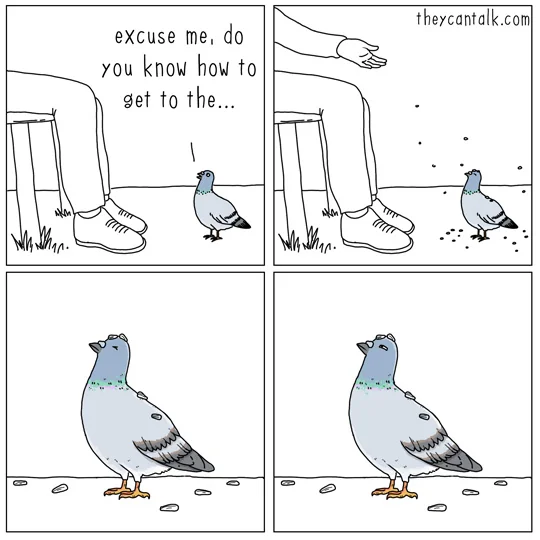Decoding Sam Altman, Taylor Swift, and Caitlin Clark.
Sam Altman of ChatGPT is driving seismic shifts in the world of AI. Taylor Swift is disrupting the music industry. Caitlin Clark is taking women’s sports to new heights.
What do a masterful coder, a game-changing artist, and a generational star have in common that drives their success? And can we cultivate these traits to be successful in our everyday lives?
Having worked with some of the most prolific entrepreneurs on the planet, I believe it comes down to three key approaches we can awaken and harness for our own success:
- Self-Reliance. The most successful entrepreneurs take personal responsibility for their outcomes agency for the things they care most about. They don’t wait for others or for circumstances to align perfectly. They understand that everything depends on them, and they take it personally.
- Ingenuity. This is about inventive thinking and resourcefulness. It’s not just about big, world-changing ideas; it’s about staying in a constant flow of creativity, making minor adjustments, and remaining agile.
- Intensity. An incredible entrepreneur once told me, “It’s not about whether you want it; it’s about whether you want it bad enough.” That intensity is the unwavering commitment to doing whatever it takes to achieve, regardless of the sacrifices required.
Mix self-reliance, ingenuity, and intensity together, and you have a potent cocktail for entrepreneurial success.
Sometimes, you just gotta feed the pigeons.

While studying jazz guitar at the Berklee College of Music, I had the privilege of learning from the legendary teacher Mick Goodrick. Frustrated by a seemingly insurmountable technical plateau, I sought Goodrick’s advice. His solution? “Go feed the pigeons.”
At first, I thought he was joking. But Goodrick explained that my myopic focus on the problem was the issue. I needed an outside perspective, a fresh approach. Practice rooms and metronomes won’t inspire creativity.
He urged me to step away from the technical and discover the magic of my surroundings. To expand my worldview and explore ideas beyond my comfort zone. He refused to meet with me for a month, insisting I needed time to breathe. He demanded that I quite literally sit on a park bench and feed the pigeons.
Man, was he right… the solution I craved wasn’t technical. By viewing the problem from a different lens, I found a fresh approach.
We all get stuck. More effort into the same approach isn’t always the answer. Instead, we must break old patterns to discover new ones.
The next time you’re stuck… feed the pigeons.
Fusing the old & new.

For decades, nuclear fusion has been the holy grail of energy, promising almost limitless clean power by mimicking the process that powers the sun. However, achieving and sustaining fusion has been challenging. The biggest hurdle has been controlling plasma, a hot, soup-like state of matter. For fusion to work, plasma must be contained by powerful magnetic fields, but it’s prone to tearing and escaping, disrupting the fusion process.
Researchers from Princeton University have developed an AI controller that can predict plasma tears in real time and allow for timely interventions to stabilize the fusion reaction. This isn’t just a small step; it’s a massive leap forward. It shows how merging advanced technologies like AI with traditional scientific research can unlock new possibilities and overcome long-standing obstacles.
Fusion can also apply to innovation. Fusing two distinct ideas or approaches into one has been the source of breakthrough innovation for millennia. Through fusion—in both the nuclear and innovation senses—we can light up the future!
The Two-Word Accelerator.
We’ve all endured the misery of typical brainstorming sessions.
Flat, mediocre ideas prevail while breakthroughs remain elusive. Incremental ideas here, obvious clichés there—lacking inspiration and originality.
The culprit? A deadly mix of fear and historical anchoring. Afraid to share bold ideas, we end up playing it safe and restricting the potency of our imagination.
The simple fix: insert the words “what if” before each new spark. Without this modifier, we’re inherently responsible for any new ideas. As if we’re endorsing them and bracing for scrutiny. Adding a simple “what if” shifts responsibility. You’re not betting your reputation on an idea, you’re merely speculating.
When you add a simple “what if”, everything changes:
- You’re no longer responsible for the idea; you merely suggest possibilities without personal endorsement.
- You’re free from execution hurdles and how senior leadership might receive the idea.
- You shift the reference point from the past to the future, from what was to what’s possible. This frees your imagination to soar.
This week, give this two-word powerhouse a test drive to unlock bold, new ideas.
To your creative success…

PS: Want to share this issue of Find A Way? Just copy and paste the link or forward the email version. Did someone share this with you? Subscribe here to get your own copy delivered straight to your inbox every Monday.
About Josh
Josh Linkner is a New York Times bestselling author, serial entrepreneur, venture capital investor, professional jazz guitarist, and a globally recognized innovation expert. To learn more or to explore a collaboration, visit JoshLinkner.com
